I've been writing (unsophisticated) code for a decent while, and I feel like I have a somewhat firm grasp on while and for loops and if/else statements. I should also say that I feel like I understand (at my level, at least) the concept of recursion. That is, I understand how a method keeps calling itself until the parameters of an iteration match a base case in the method, at which point the methods begin to terminate and pass control (along with values) to previous instances and eventually an overall value of the first call is determined. I may not have explained it very well, but I think I understand it, and I can follow/make traces of the structured examples I've seen. But my question is on creating recursive methods in the wild, ie, in unstructured circumstances.
Our professor wants us to write recursively at every opportunity, and has made the (technically inaccurate?) statement that all loops can be replaced with recursion. But, since many times recursive operations are contained within while or for loops, this means, to state the obvious, not every loop can be replaced with recursion. So...
For unstructured/non-classroom situations,
1) how can I recognize that a loop situation can/cannot be turned into a recursion, and
2) what is the overall idea/strategy to use when applying recursion to a situation? I mean, how should I approach the problem? What aspects of the problem will be used as recursive criteria, etc?
Thanks!
Edit 6/29:
While I appreciate the 2 answers, I think maybe the preamble to my question was too long because it seems to be getting all of the attention. What I'm really asking is for someone to share with me, a person who "thinks" in loops, an approach for implementing recursive solutions. (For purposes of the question, please assume I have a sufficient understanding of the solution, but just need to create recursive code.) In other words, to apply a recursive solution, what am I looking for in the problem/solution that I will then use for the recursion? Maybe some very general statements about applying recursion would be helpful too. (note: please, not definitions of recursion, since I think I pretty much understand the definition. It's just the process of applying them I am asking about.) Thanks!
